Google’s Unified Vision: Android’s rise, Pixel Laptop ambitions, and Google TV ad feedback
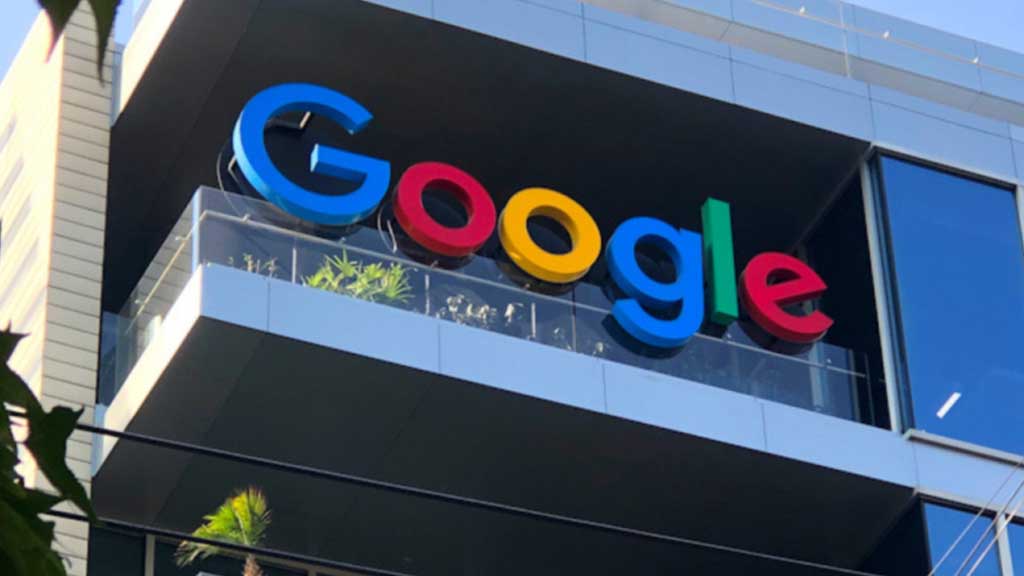
Google is pushing forward with a bold strategy to unify its platforms and strengthen its hardware offerings. This includes replacing Chrome OS with Android as a desktop operating system, introducing a Pixel laptop, and refining user experiences on Google TV. These steps highlight Google’s efforts to compete in markets dominated by industry leaders and improve its ecosystem for users.
Google’s Transition: Android to Replace Chrome OS
Google has faced challenges in the tablet market, particularly against Apple’s iPad. To address this, the company is embarking on a long-term project to integrate Android into Chrome OS, aiming to create a unified operating system for desktops and tablets. This plan builds on Google’s earlier announcement in June, where it revealed that Chrome OS would incorporate parts of Android’s technology stack.
The shift to Android as a desktop platform would streamline development, enabling faster feature rollouts and better app compatibility across devices. Historically, Android was designed for digital cameras but has since expanded to smartphones, tablets, and even laptops. Brands like Lenovo, HP, and Dell have already experimented with Android-powered laptops, signaling a growing trend. Google is now stepping up to deliver its solution.
Google Pixel Laptop: A Game-Changer in Development
A significant piece of this strategy is the rumored Google Pixel Laptop, reportedly in development under the codename “Snowy.” This high-end device is being tested against premium competitors such as Apple’s MacBook Pro, Microsoft’s Surface Laptop, and Dell’s XPS series. While specific details about the operating system remain unclear, industry reports strongly suggest it will run Android rather than Chrome OS.
The Pixel Laptop aims to address key challenges, including the lack of optimized apps for tablets and larger screens. By unifying its engineering teams and focusing on Android, Google hopes to close the gap with Apple’s iPad and create a seamless experience across its devices. However, this project is unlikely to launch before 2026, reflecting the complexity of the endeavor.
Google TV Users Voice Concerns About Ads
In another area of its ecosystem, Google is seeking feedback from users on their experience with ads on the Google TV home screen. The platform currently displays content recommendations, recently viewed items, and featured apps, interspersed with ads. While Google has traditionally limited these ads to streaming content, some users have reported seeing ads for games, physical products, and autoplaying videos.
To address these concerns, Google has begun surveying users with questions like, “Do you find the number of ads on the Google TV home screen acceptable?” Options range from “Strongly agree” to “Strongly disagree.” This indicates that user complaints about intrusive ads have reached the company, prompting action to refine the ad experience. Maintaining a user-friendly interface is critical, especially as Google TV expands its role as a smart home hub.
Reviving the Pixel Name in Laptops
Google’s Pixel branding, first introduced with the Chromebook Pixel in 2013, remains a cornerstone of its device lineup. Although the Chromebook Pixel was discontinued in 2017, the Pixel name lives on through smartphones and tablets. The upcoming Pixel Laptop marks Google’s return to laptops under this iconic brand, signaling its ambition to capture a slice of the premium laptop market.
A Unified Ecosystem on the Horizon
Google’s plans to integrate Android into Chrome OS, develop a flagship Pixel laptop, and address user concerns on Google TV all reflect a broader strategy to enhance its ecosystem. By unifying platforms and refining user experiences, Google aims to compete more effectively with industry giants like Apple and Microsoft. While these initiatives will take years to materialize, they demonstrate Google’s commitment to innovation and user satisfaction.
Android
Google’s May 2025 Android updates: better performance and messaging
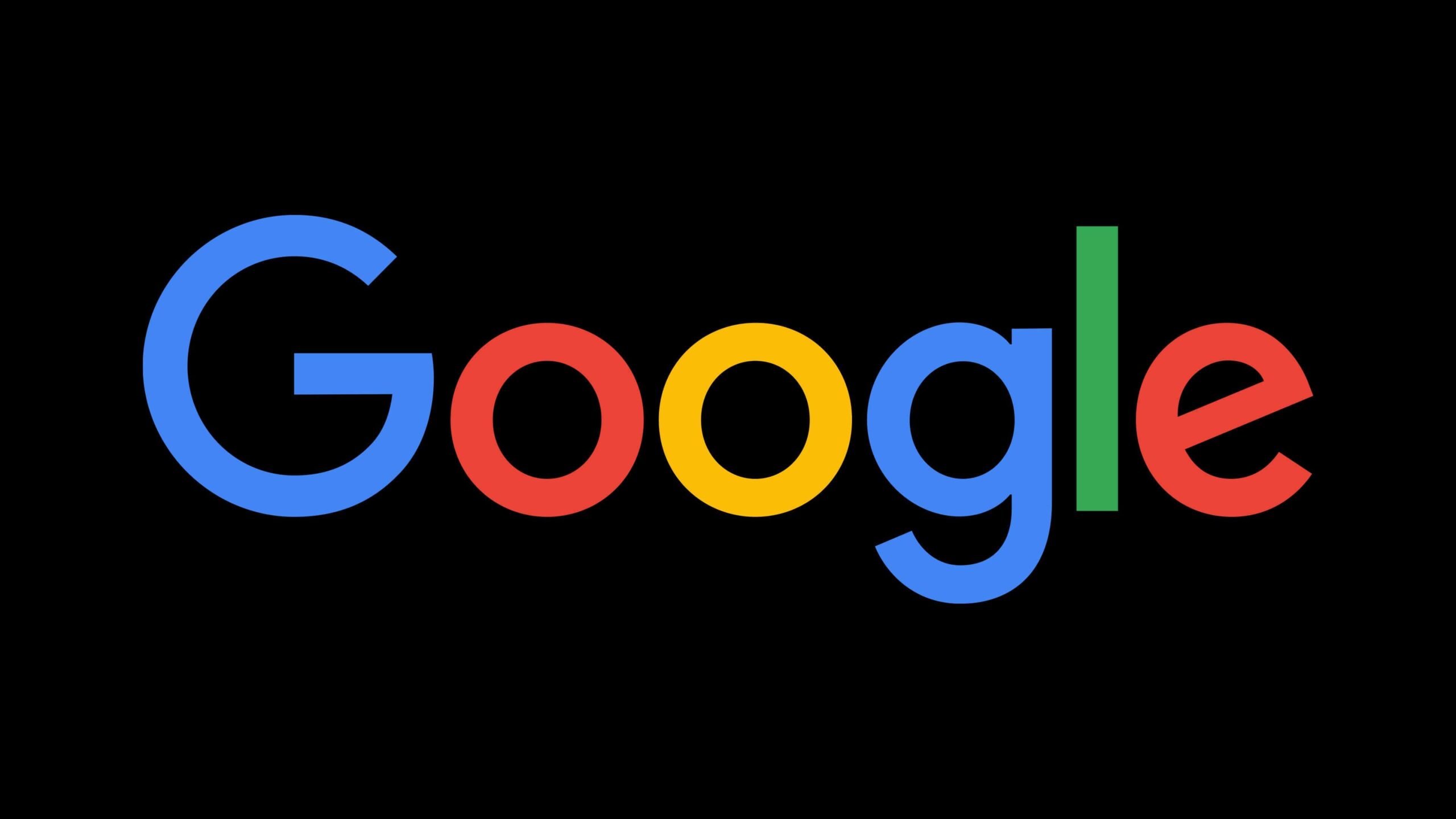
Google’s May 2025 Android updates bring exciting changes to improve how your phone works and how you message. These updates focus on making devices faster, safer, and more user-friendly.
One big change is to Android’s memory system. By increasing the memory page size from 4KB to 16KB on newer devices, apps can load quicker and use less power. This helps phones, especially those with modern chips, run smoothly and save battery life. Older devices will stick with the smaller page size to avoid issues.
The Google System Updates for May also add new features. Google Wallet now supports more card types and makes transit passes easier to use in apps like Google Maps. The Play Store now shows video previews of apps, helping you decide what to download. There are also fixes to improve battery life, storage, and network performance, making your phone more reliable.
For Google Messages, a new “delete for everyone” feature lets you remove sent messages from group chats within 15 minutes. This works for both RCS and SMS, so you can fix mistakes easily. Other messaging upgrades include better scam detection and the ability to send high-quality photos and videos. These updates show Google’s effort to make Android devices faster, more secure, and better for communication. Keep your phone updated to enjoy these improvements!
Smart home and navigation upgrades for easier living

Google Maps is making driving more fun with a new feature for Android Auto and Apple CarPlay. Now, you can pick different car icons to show your vehicle on the map. Choose from options like a sleek sedan, a rugged SUV, or a cool arrow.
This small change adds a personal touch to your navigation and is rolling out to all users soon. Meanwhile, Ecobee’s Smart Doorbell Camera is getting a big upgrade with Google Home support. You can now see who’s at your door right from the Google Home app, view live video, and even talk to visitors.
If you have a Nest Hub, the doorbell feed pops up automatically when someone rings. This feature, already available for Ecobee’s thermostat, makes your smart home setup smoother and is available now for all users. On the AI front, Google’s Gemini app is getting smarter with the Gemini 2.5 Pro preview.
This update improves coding skills, helping developers create better apps and websites. It also handles video and text tasks more effectively. The preview is out for everyone to try, with Google planning to share more at its I/O 2025 event. These updates from Google and Ecobee bring small but meaningful improvements, making your car rides, home security, and digital tasks easier and more enjoyable.
Google updates Chrome, Search, and Play Store for better user experience

Google is rolling out exciting updates to make browsing, searching, and downloading apps smoother and safer for Android users. These changes focus on improving Chrome’s security, redesigning the Google Search bar, and enhancing the Google Play Store’s download process.
Chrome’s Improved Security
Google Chrome now offers stronger protection with “Enhanced Safe Browsing” powered by Gemini Nano, an AI model that works directly on your device. This feature checks websites in real-time to spot phishing attempts and other online threats, keeping your data safe without relying on cloud servers. It’s a step up from the standard protection, giving users more peace of mind while browsing.
Redesigned Google Search Bar
The Google Search bar on Android is getting a fresh look. It’s now simpler and easier to use, with a modern design that fits better with your phone’s home screen. The updated widget lets you access Search, Lens, or voice commands quickly. The new layout is clean and user-friendly, making searches faster and more intuitive.
Better Play Store Downloads
The Google Play Store is improving how it shows app download progress. A new notification design displays a progress bar right in your notification panel, so you can track downloads without opening the app. This small but helpful change makes managing app installs more convenient.
These updates show Google’s focus on creating a safer, simpler, and more efficient experience for Android users. They’re rolling out gradually, so keep an eye out for them on your device!
-
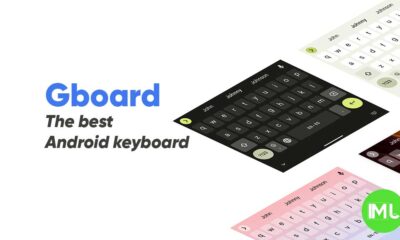
 Apps1 year ago
Apps1 year agoGboard Proofread feature will support selected text
-
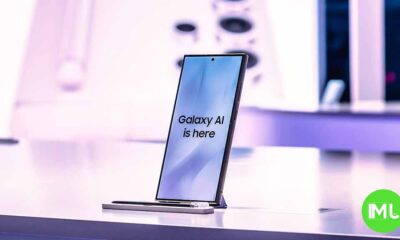
 News1 year ago
News1 year agoSamsung USA crafting One UI 6.1.1
-

 News1 year ago
News1 year agoBreaking: Samsung Galaxy S22 may get Galaxy AI features
-
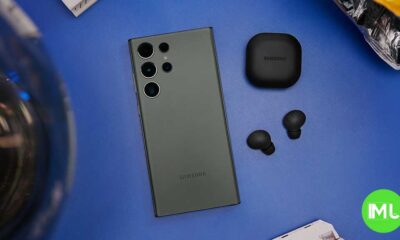
 News1 year ago
News1 year agoSamsung Galaxy S23 Ultra with One UI 6.1 and all S24 AI features revealed
-

 News1 year ago
News1 year agoOne UI 6.1 Auracast (Bluetooth LE Audio) feature coming to many Samsung phones
-

 News1 year ago
News1 year agoSatellite SOS feature coming to Google Pixel phones, evidence leaked
-
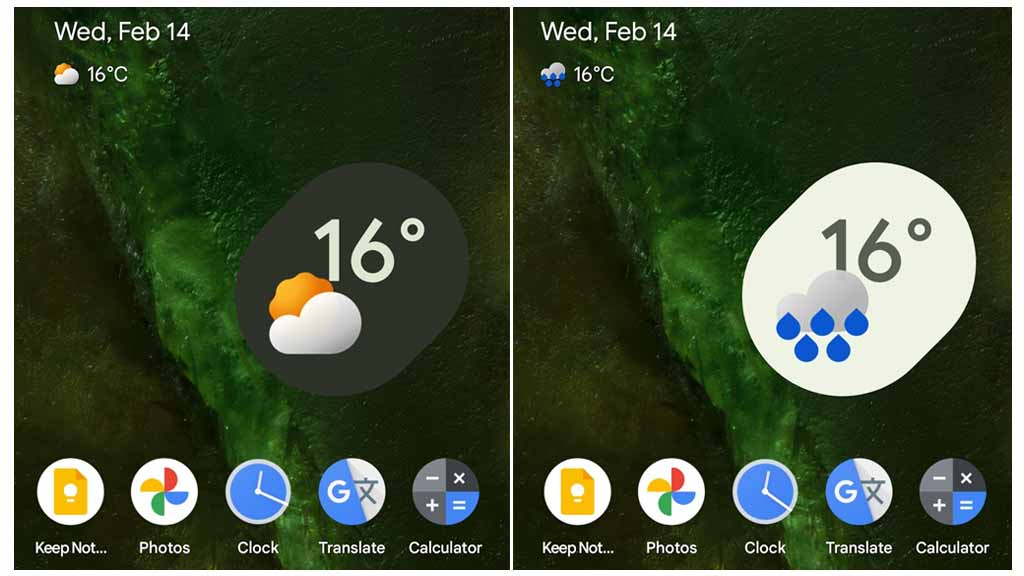
 Apps12 months ago
Apps12 months agoGoogle’s fancy new Weather app is finally available for more Android phones
-

 Apps10 months ago
Apps10 months agoGoogle Contacts app testing new Besties Widget




